
For the past nine years, Los Angelenos of all ages gather to gaze at and bid on artwork, listen to live performances, enjoy food from local food trucks and assist a humanitarian effort at the student-run gallery show, ARTribe.
High school and middle school students in Los Angeles have run and contributed artwork and musical performances to an annual gallery event known as ARTribe since 2007 to fund the SPIRAL Foundation for medicinal aid in Vietnam and Nepal. This year, Caspian Alavi-Flint ’15 is co-organizing the event with Wildwood senior Maddy Gold and making sure that all high schools throughout the greater Los Angeles area are represented.
The event occurs on May 9 from 6 to 10:30 pm at the Santa Monica Municipal Airport hangar and for the first time will include written work such as poetry and stories in the form of booklets. One ticket is $15, two are $24, and three are $30 and can be purchased online or at the door.
ARTribe began as a small event of about 200 to 300 attendees but has grown by word of mouth and through social media so that this year members expect 300 to 400 visitors to come attend. Its then teenage founder, Alexander Gold, contacted Marichia Simcik Arese, former Marlborough Art History teacher and founder of the Spinning Potential Into Resources and Love foundation, more commonly referred to as SPIRAL, to support her organization. Since then. ARTribe has donated over $115,000 to SPIRAL.
Arese founded SPIRAL after visiting Vietnam and seeing the lasting effects of the Vietnam War and Agent Orange, a toxic herbicide utilised as a weapon by the U.S. military, leading to multi-generational heart defects.
“I went to Vietnam in 1998, and the Vietnam war had been completed in 1975. I believe 23 years later, still you could see the devastation of the war, and you could see how many consequences the war has created,” Arese said.
SPIRAL uses the revenue from ARTribe and other donations to create workshops in Vietnam and, more recently, Nepal. The workshops employ local disabled artisans who create crafts from discarded materials, which are subsequently sold online and by select retailers. The profit gained through craft sales is then pooled to fund local medical projects. SPIRAL has employed over 1000 artisans in Vietnam and Nepal has funded over 250 heart surgeries in Vietnam.
Arese recalled the story of a disabled artisan in Vietnam who said that SPIRAL brought her “double happiness” because it helped her by giving her a job and allowed her to help others by using her art to fund medical services.
“It’s a very empowering project because the people that initially are the beneficiaries of the program then become the donors to help others in greater need,” Arese said.
This creativity and humanitarianism begins with the community of teenage artists throughout Los Angeles that ARTribe that connects.
“It’s nice to have this nice community of artists and like-minded thinkers, and we’ve brought a lot of people together that way,” Alavi-Flint, who discovered ARTribe two years ago, said.
ARTribe contributing artists Samantha Lane ‘15 and Wesley Goodrich ‘15 also pointed out that the event can be a good place to promote one’s work and understand the community’s reception of it.
“It’s a cool way, I guess, to see your artwork in an exhibit in a gallery and also to see if people are interested in buying it because it’s like validation,” Goodrich said.
This year, only six Marlborough students are participating in ARTribe, all graduating seniors. Alavi-Flint said that she hopes more Marlborough students will get involved. ARTribe is receiving art and written work submissions until Apr. 24, so Marlborough students still have time to contribute for this year’s event.
Arese stressed the benefits toward humanitarian pursuits that ARTribe encourages.
“The thing that the students of Los Angeles are doing through ARTribe is building a big contribution towards a more compassionate and peaceful world,” Arese said.
(For more information on ARTribe visit artribela.com.)

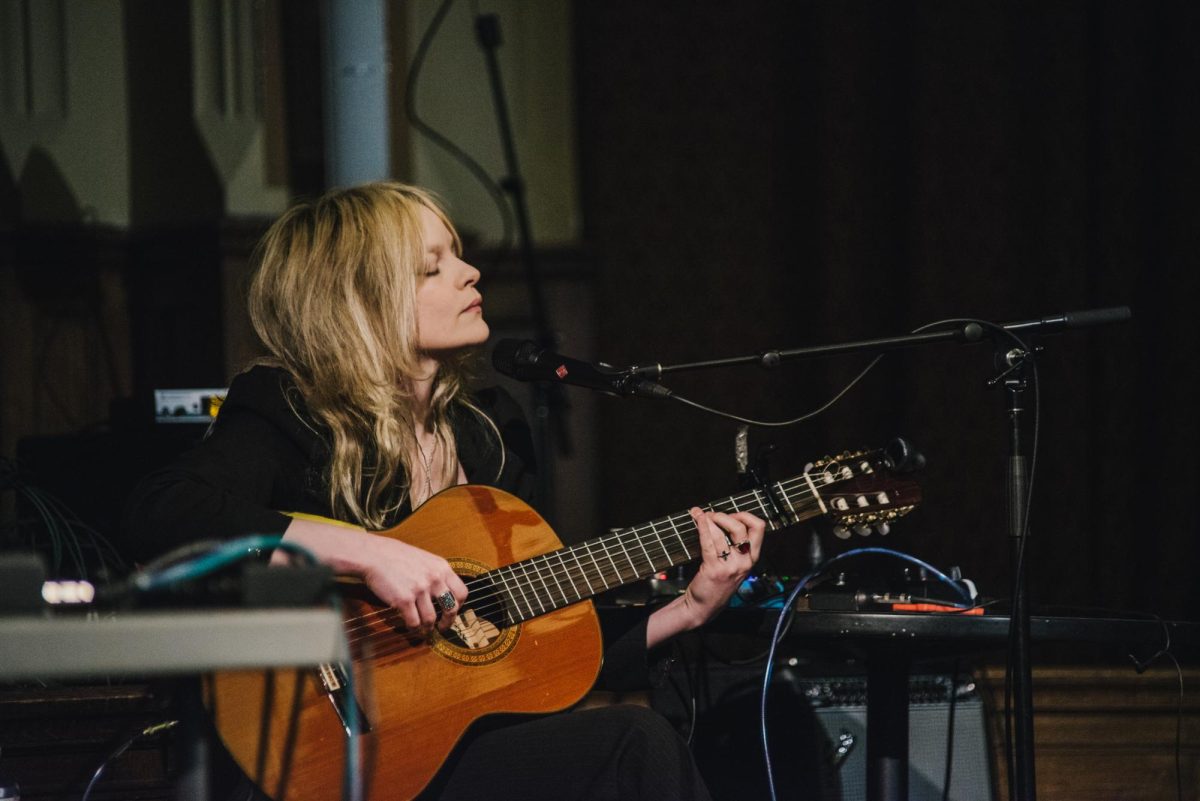

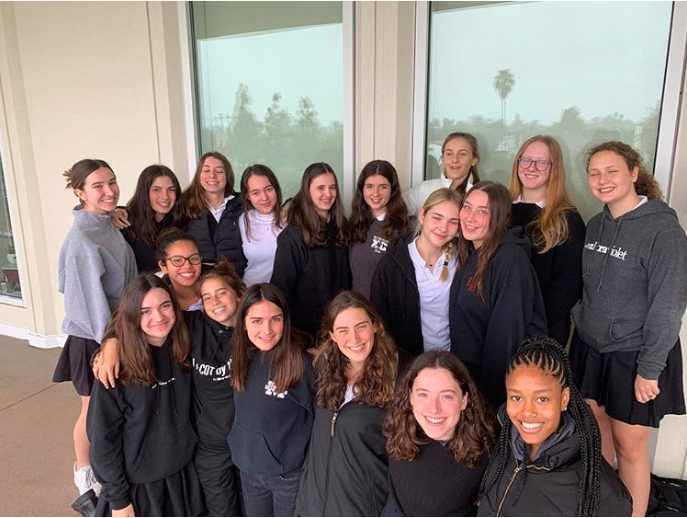
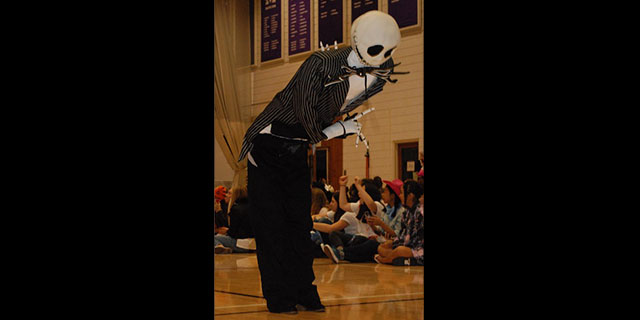
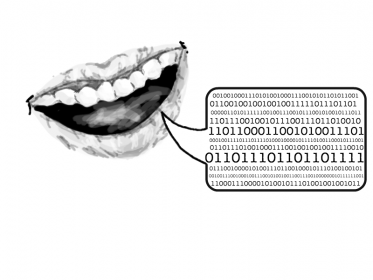

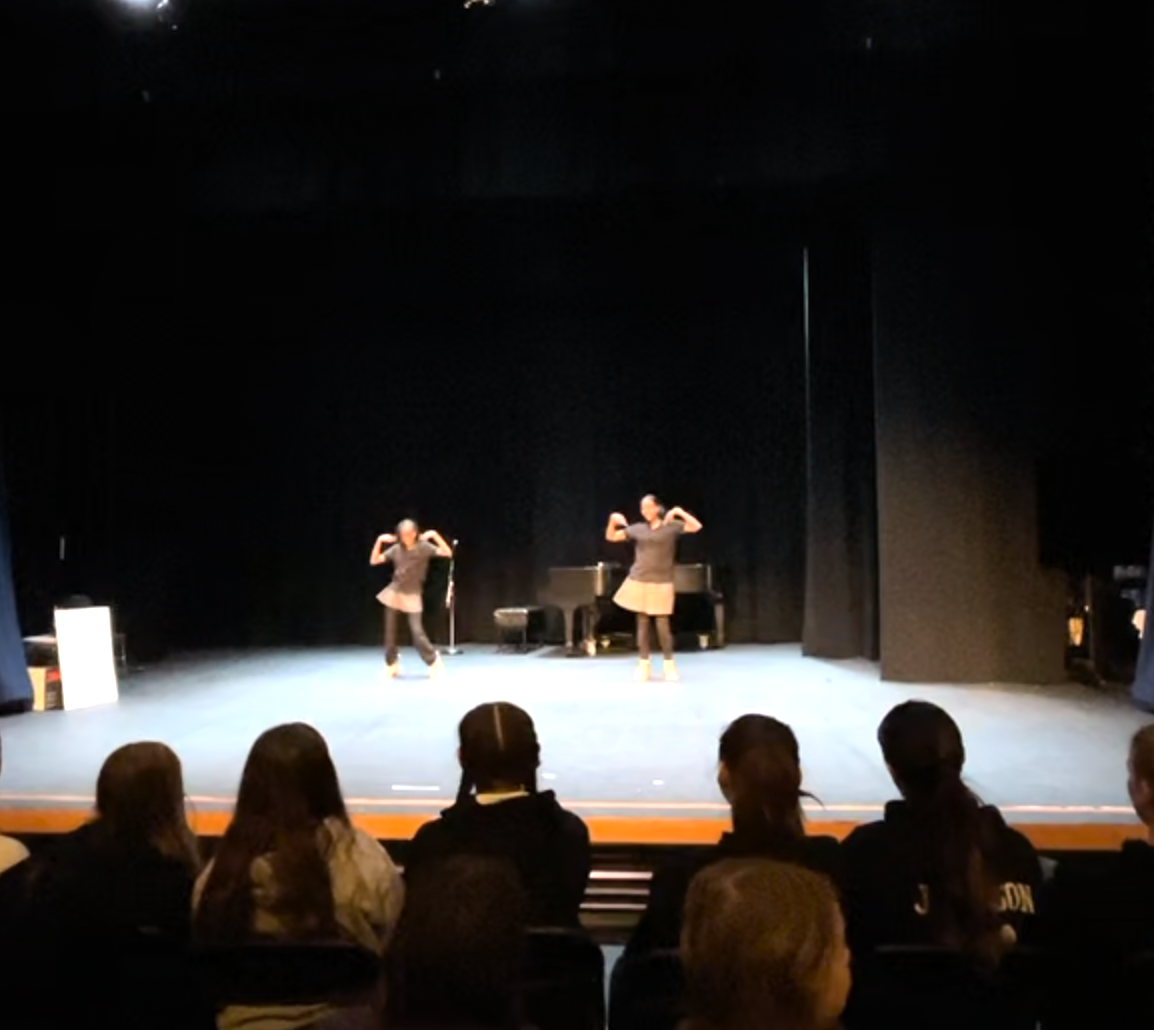
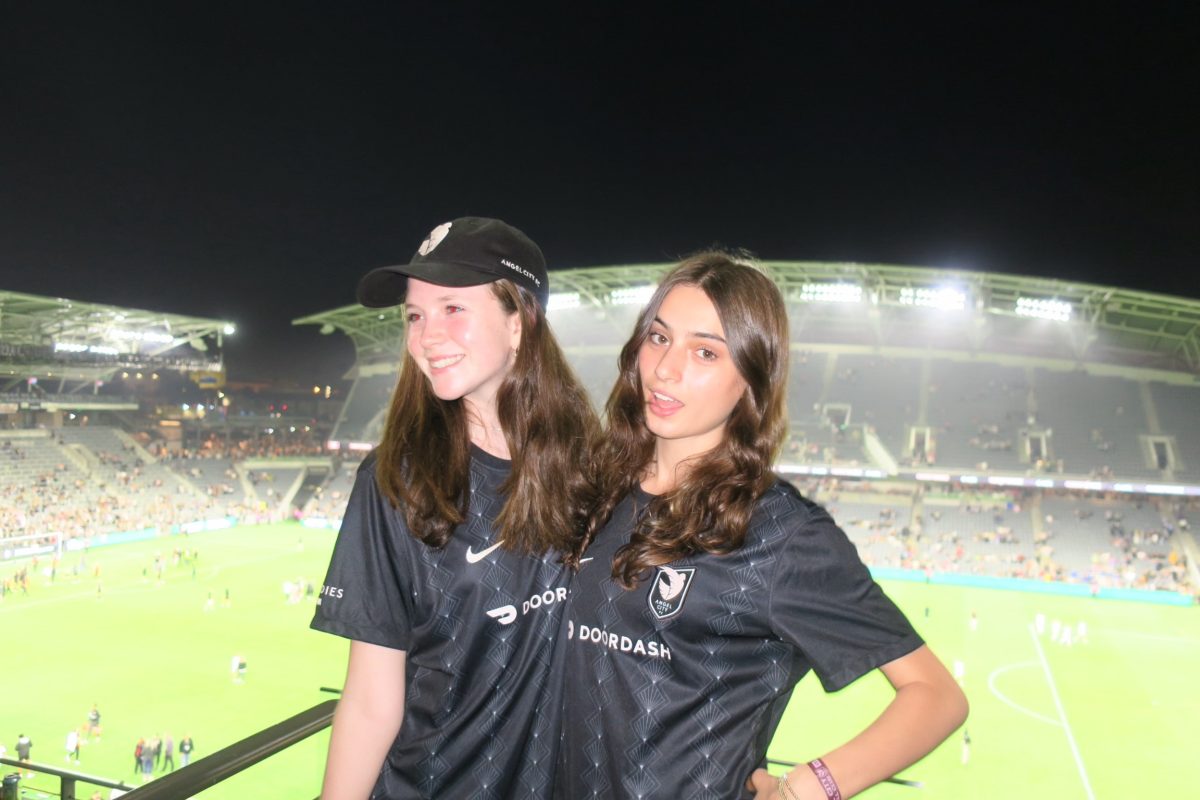
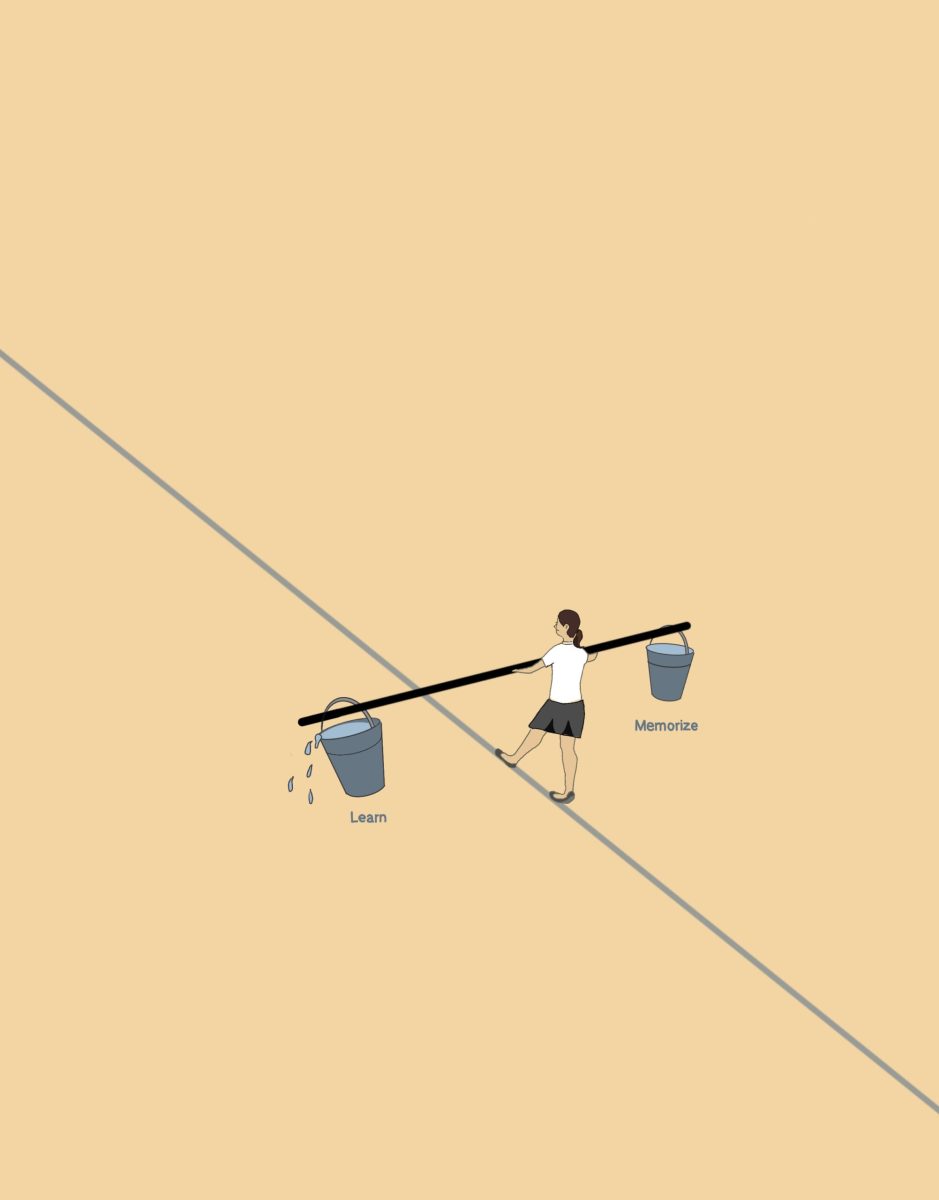
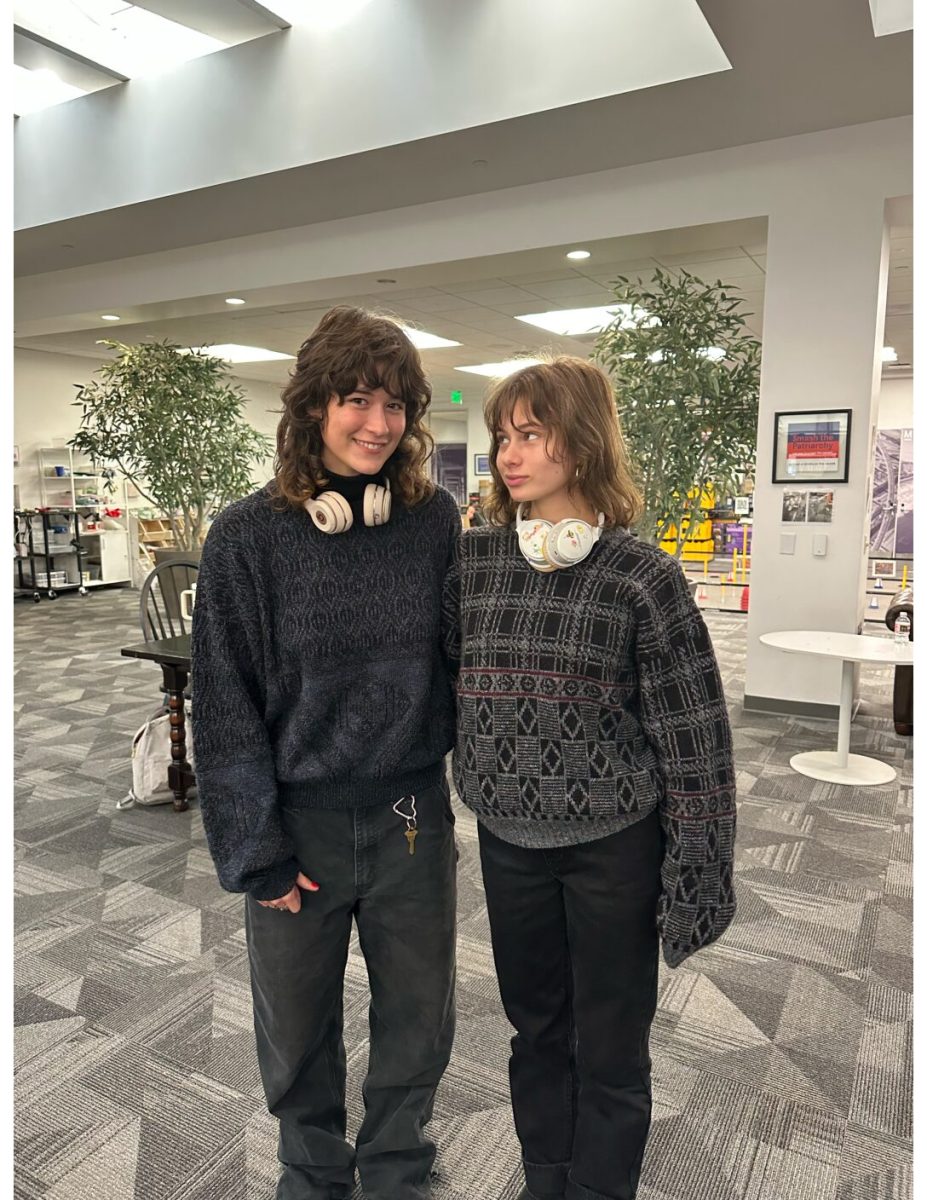
Theodore Dubiel • Mar 24, 2016 at 8:15 pm
Ah, I see what’s going on. It is merging faces without regard to the normal direction. This is actually what it is supposed to do, though the effect is a bit unintuitive. If you look at the other side of that cube, you’ll see that it shares a common face with the one facing toward the camera from this perspective. A good example of this type of behavior is in the `checker’ test case, where the greedy implementation merges all the quads along each strip, even though their orientations are different. For the moment, I’d consider this intended behavior, but if you wanted to fix it, the way to go would be to group quads into different types depending on their normals.